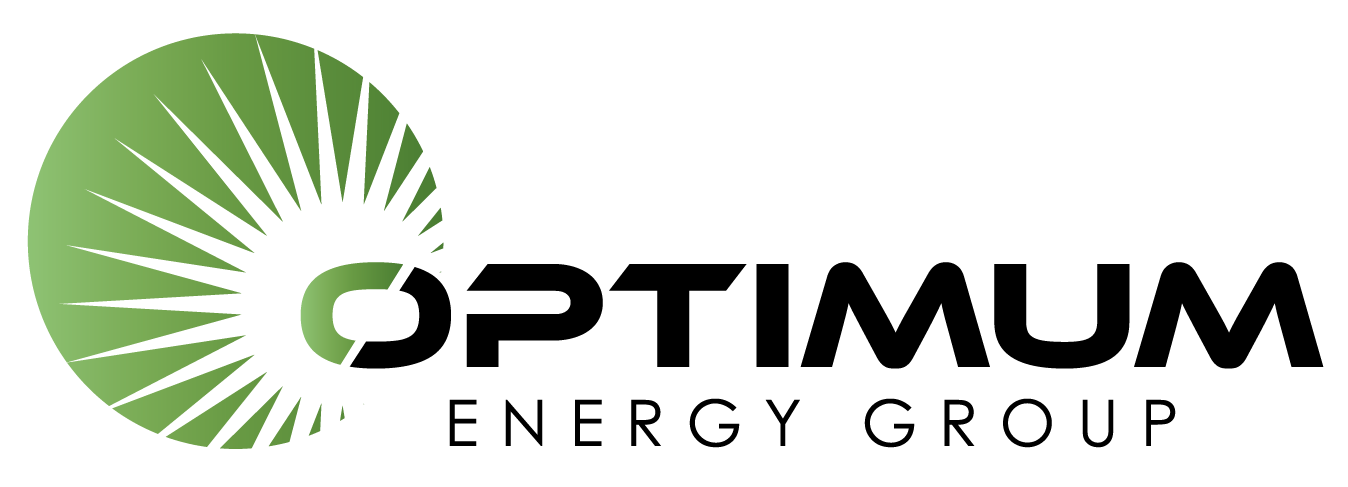As energy experts, we highly recommend conducting a home energy audit for homeowners who want to improve the energy efficiency of their homes, reduce their carbon footprint, and save money on their utility bills. In this blog post, we’ll share the benefits of conducting a home energy audit, why it’s important, and what homeowners can expect during the audit process.
What is a home energy audit?
A home energy audit is a comprehensive assessment of your home’s energy usage and efficiency. As energy auditors, we use specialized equipment, such as thermal imaging cameras and blower doors, to detect air leaks, insulation deficiencies, and other issues that affect your home’s energy efficiency.
Why is a home energy audit important?
There are several reasons why a home energy audit is important:
Reduce energy consumption: An energy audit helps homeowners identify areas of their home that are wasting energy, allowing them to make targeted improvements and reduce their energy consumption.
Save money: By identifying areas of the home that are wasting energy, homeowners can make improvements that will save them money on their utility bills.
Improve comfort: An energy audit can also help homeowners identify areas of their home that are causing discomfort, such as drafts, uneven temperatures, and humidity problems. By making improvements to these areas, homeowners can improve the comfort of their home.
Increase home value: Energy-efficient homes are becoming increasingly popular among homebuyers, and making energy-efficient upgrades to your home can increase its resale value.
What to expect during a home energy audit?
As energy experts, during a home energy audit, we inspect the home’s:
- Insulation levels and quality
- Air leakage points
- Heating and cooling systems
- Appliances and lighting
- Water usage
- Windows and doors
Based on our findings, we provide homeowners with a comprehensive report that includes recommendations for improving their home’s energy efficiency. These recommendations may include upgrading their insulation, sealing air leaks, upgrading their heating and cooling systems, and replacing outdated appliances and lighting.
Conclusion
As energy auditors, we highly recommend homeowners to conduct a home energy audit. By identifying areas of the home that are wasting energy, homeowners can make targeted improvements that will reduce their energy consumption, save them money on their utility bills, and improve the comfort of their home. Contact a professional energy auditor today to schedule your home energy audit and start enjoying the benefits of an energy-efficient home.



